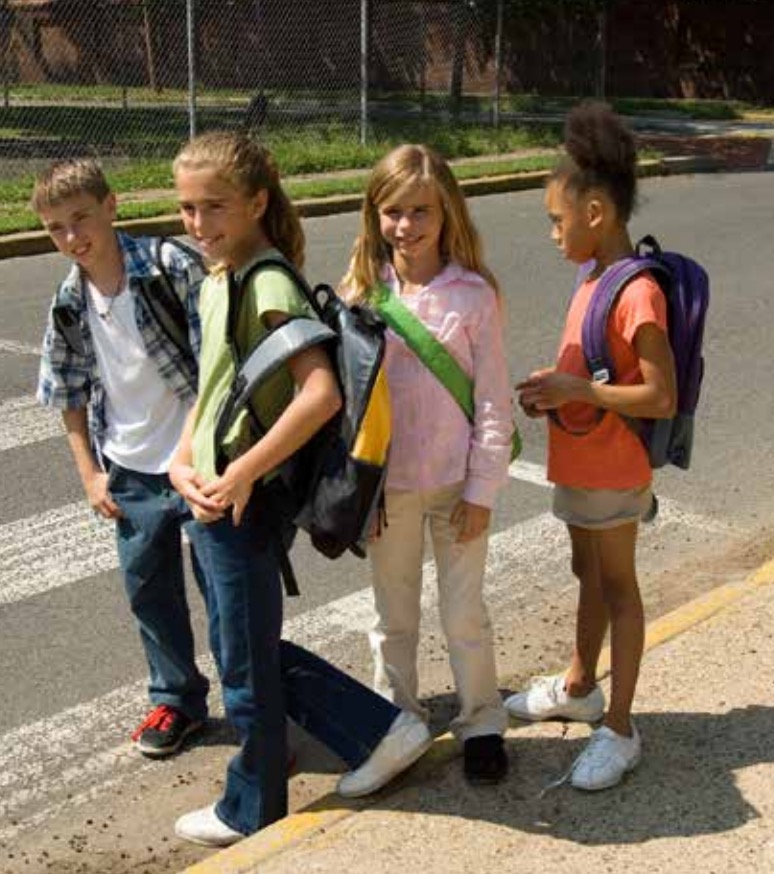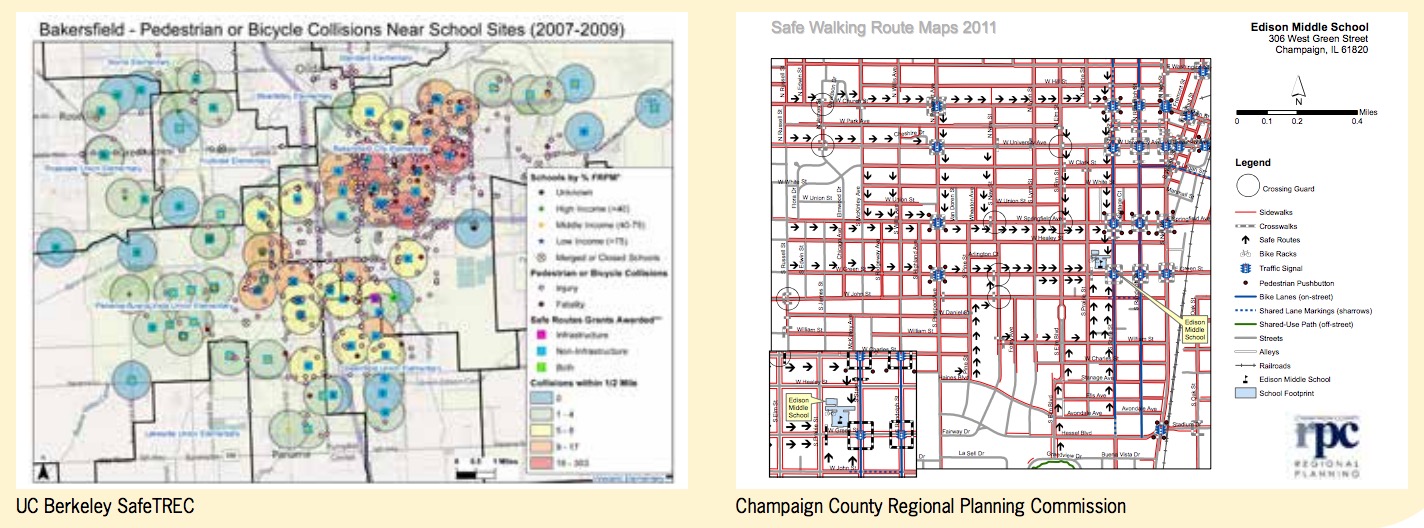SAFE ROUTES TO SCHOOL NATIONAL PARTNERSHIP
Section 1: Introduction
 Numbers and statistics matter for making sure kids are able to safely walk to and from school. They supply the perspective that helps us understand the larger context of our work. Are the pictures and stories of healthy, active kids in our communities rare or common? Are our programs reaching all kids or just a few, and are there racial or economic disparities in reach? Which elements of our initiatives are really making a difference? We need numbers to answer these questions and structure programs and policies to help all kids be active.
Numbers and statistics matter for making sure kids are able to safely walk to and from school. They supply the perspective that helps us understand the larger context of our work. Are the pictures and stories of healthy, active kids in our communities rare or common? Are our programs reaching all kids or just a few, and are there racial or economic disparities in reach? Which elements of our initiatives are really making a difference? We need numbers to answer these questions and structure programs and policies to help all kids be active.
We are in a time of rapid change when it comes to the realm of possibility for using numbers and statistics to understand and improve health and safety. New and advancing technologies like high-speed computers, smartphones, digitizers, mobile apps, and remotely operated cameras and counters are allowing more data to be collected today than ever before. Technology is improving our capacity to store and analyze data, merge data from different sources, and disseminate information out to communities.
As we are able to achieve more with numbers, these changes have sparked interest in making data more open and accessible to the public. Advocacy groups, software developers and programmers, and community members have rallied around making data accessible in arenas ranging from public transit to healthcare. When given access, these groups have produced innovative solutions to challenges experienced in the community, such as apps that tell people when the next bus will arrive or when the bikes at a given bike share station are likely to become unavailable.
Data has always played an important role in developing and implementing successful Safe Routes to School initiatives – programs and projects that improve safety and encourage children to walk and bicycle to school. A key requirement of the original federal Safe Routes to School program was evaluation of Safe Routes to School programs, a practice aimed at assessing whether approaches are more or less successful, which relies heavily on data. But in many communities, evaluation has been only done when required, not as a matter of practice. Little exploration of evaluation is especially common for small cities and towns, as well as small community organizations that often face technical and financial barriers to accessing and using data.
Since the federal Safe Routes to School program began providing dedicated funding for initiatives to support safe walking and bicycling to school more than 10 years ago, the Safe Routes to School movement has amassed a considerable store of data that can and does inform our efforts. However, there is much more that can be done with this data, as well as with other data not routinely captured, and there are new ways to support communities that have not been able to use data before. This report explores how we can harness the possibilities to use data to advance Safe Routes to School and support healthier kids.
About This Report
This report provides a primer for Safe Routes to School professionals on how data can be accessed and used in walking and bicycling to school programs and initiatives. In addition, the report is intended to assist government agencies, universities and researchers, private corporations, and other organizations in understanding how they can better support safe walking and bicycling and active communities by making their data more accessible and usable.
Section I introduces this topic. The report begins in earnest in Section II: Setting the Stage: Why Data Matter for Safe Routes to School, with an overview of what Safe Routes to School initiatives are and an exploration of why accessible and usable data are important for these efforts. In Section III: Exploring Data At All Levels, we describe the types of data that are used or can be used for Safe Routes to School, and delve into how data can be used to inform and support active travel to school. Section IV: A Look At Current Data Usage in Safe Routes to School describes how data has been collected and used historically and the challenges around current data practices. Section V: How Do We Make Data More Accessible? Roles and Strategies discusses the role that various groups – government, universities and research centers, the private sector, and community organizations and grassroots efforts – play in data accessibility. This section includes information on different sources of data as well as examples of how communities have accessed and used data. Section VI: Addressing Challenges with Data Accessibility explores the challenges with increased data accessibility and sets out strategies and best practices to address the challenges. Finally, in Section VII: Conclusion, we explore considerations for future improvements in data accessibility to support Safe Routes to School initiatives.
About the Safe Routes to School National Partnership
saferoutespartnership.org
The Safe Routes to School National Partnership is a nonprofit organization that improves quality of life for kids and communities by promoting healthy living, safe infrastructure, and physical activity, starting with bicycling and walking to school and beyond. We advance policy change; catalyze support with a network of more than 750 partner organizations, as well as schools, policy makers, and grassroots supporters; and we share our deep expertise at national, state and local levels with those helping propel our mission.
Tags: Bicycling, Big Data, Cycling, Data, GIS, Open Data, Pedestrian, Safe Routes to School, Safe Routes to School National Partnership, safety







 RSS Feed
RSS Feed